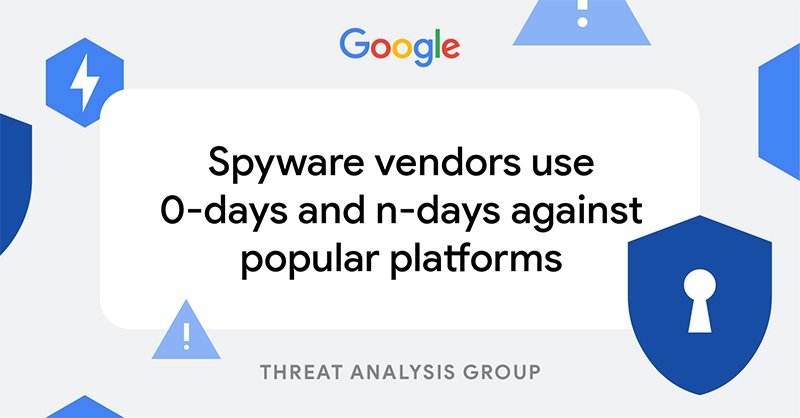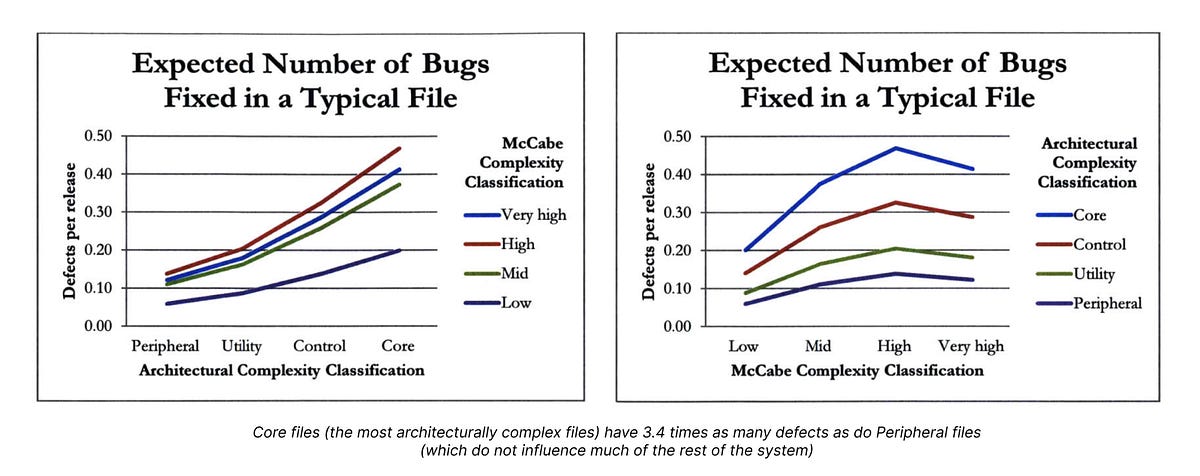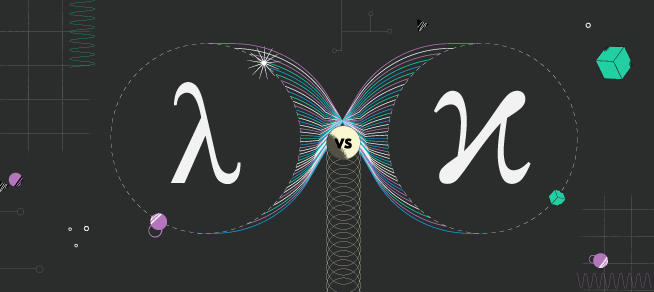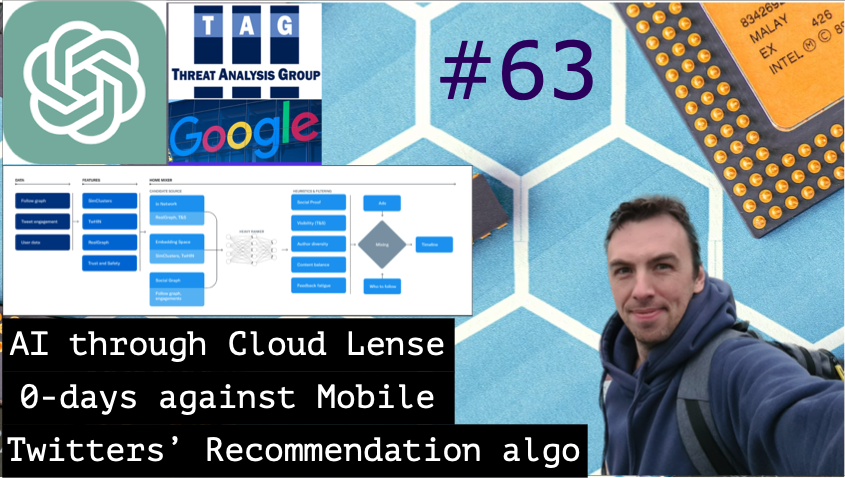Architecture Weekly Issue #63. Articles, books, and playlists on architecture and related topics. Split by sections, highlighted with complexity: 🤟 means hardcore, 👷♂️ is technically applicable right away, 🍼 - is an introduction to the topic or an overview. Now in telegram as well.
WARNING 🇺🇦
It's already been a year since Russia's crazy, brutal and unjustified war against Ukraine. We condemn this war and want it to stop ASAP. We continue this newsletter so you can advance your skill and help the millions of Ukrainian people in any way possible. If you want to help directly, visit this fund.
This week I conducted an interview with Charity Majors(CTO at honeycomb.io). She told me so much about state-of-the-art modern observability, and it will be useful for you as well! Watch thoroughly!
Highlights
Growth of AI Through a Cloud Lens 🍼
Do you remember the start of cloud computing? There was a lot of scepcis, like "real business won't use it", shifting to "Fortune 500 companies won't use it", until everybody was using cloud. Mitchell Hashimoto, a CTO of Hashicorp, recalls this trends and tries to analyze if it applies to the raise of LLMs. How much impractical for business the LLMs are? And how this area of impracticality will shrink in the future? Get a long read!
#ai #cloud
Twitter's Recommendation Algorithm 👷♂️
Have you ever ranted about how your tweeter feed contains some weird replies to the people you're not even interested in? Well, last week Twitter shared the source code for their recommendation service and wrote a blog post about it's architecture. Grab the details inside to both get some knowledge and improve your twitter visibility!

#casestudy
Spyware vendors use 0-days against mobile OSs and Chrome 👷♂️
Security news here. In Google, there is a Threat Analysis Group(TAG), which tracks malware vendors. Recently they discovered couple of highly impactful campaigns which use 0-days in Android, iOS and Google Chrome. In the article you will find the exploit chains description and what TAG has done about them

#security
Follow Up
Media Understanding Platform for ML Innovations 👷♂️
Netflix serves you content, but it also should help you finding it. Previously, the editor had to go through the hours of the shows hosted on the platform to pick up highlights or choose the engaging, story-telling dialogues. So Netflix decided to improve the efficiency of editors' work, introducing a solution to find the scenes in the show by a request, like "red racing car" or "dialogue with tears". Find out, what solution they ended up implementing!
#ml #batchprocessing
Cloud-Native Applications Design Principles
Cloud-Native applications is not merely containers with a couple of health probes. They are built with the set of principles in mind, like loosely coupled architecture, API First approach and others. Grab an article from JFrog blog to know 6 principles in details!

#cloud #architecture
Service level objectives 101: Establishing effective SLOs 👷♂️
The article titled "Establishing Service Level Objectives" on Datadog's blog provides a comprehensive guide to help organizations define, measure, and manage their Service Level Objectives (SLOs). The article explains how SLOs can be used to set clear and achievable performance targets for software systems and services, and how they can help organizations improve their overall service reliability and customer satisfaction. The article also provides practical tips on how to establish effective SLOs, including selecting appropriate metrics, defining appropriate thresholds and error budgets, and using feedback loops to continuously improve performance. Additionally, the article highlights the importance of aligning SLOs with business objectives and involving stakeholders in the SLO definition process

#observability
Getting started with small-step operational semantics 🤟
We discussed sagas many times. But now I want to share with you an article by Dominik Tornow about the formal language that helps to describe those. Grab on in the Temporal.io blog.

#saga #distributedtransaction
The cost of Architectural Complexity 🤟
It's pretty obvious that the more complex architecture you have, the more it's operation will cost. However this is not the only penalty you might experience. For example, the number and severity of software bugs increases with the complexity as well. What else? Follow the Abi's review of the paper from 2013 on the cost of architectural complexity.

#architecture #paper
Lambda vs Kappa Data Processing Architecture
The last one for today is the guide on the 2 approaches to the data processing architecture: Lambda vs Kappa. It has nothing to do with Lambda functions though. So the former is more complex and includes 2 data processing streams for realtime and batch processing; the latter is simplified and trying to do the job with only a single pipeline treating everything as a data stream. Find more details inside.

#data #architecture
Like the newsletter? Wanna receive new content earlier, than everybody else? Consider helping to run it at Patreon or Boosty. The funds go to pay for the hosting and some software like a Camo Studio license. Patrons and Boosty subscribers of a certain level also get access to a private Architecture Community and of course every supporter gets early access. Big thanks to Nikita, Anatoly, Oleksandr, Dima, Pavel B, Pavel, Robert, Roman, Iyri, Andrey, Lidia, Vladimir, August, Roman and Egor for already supporting the newsletter. Join them as well!










